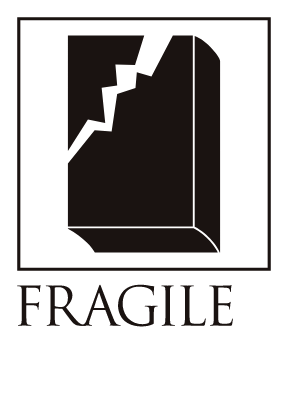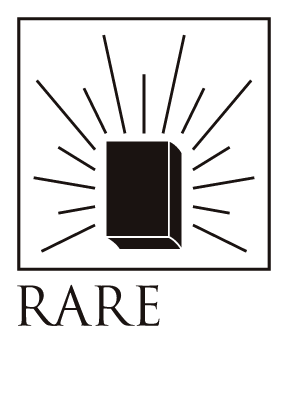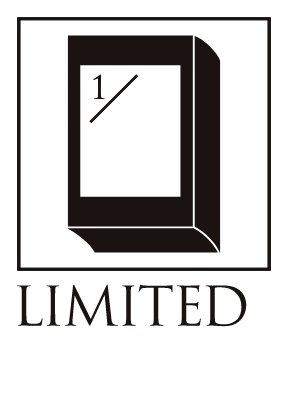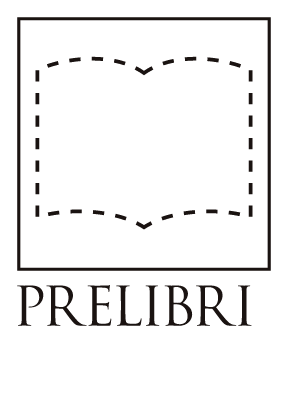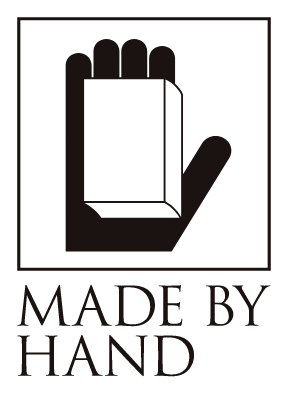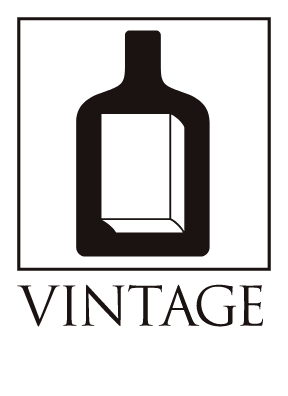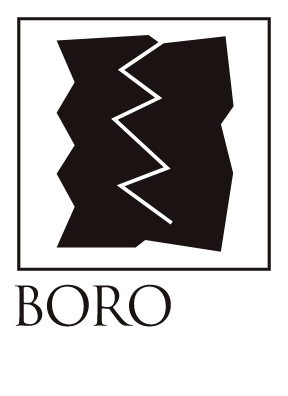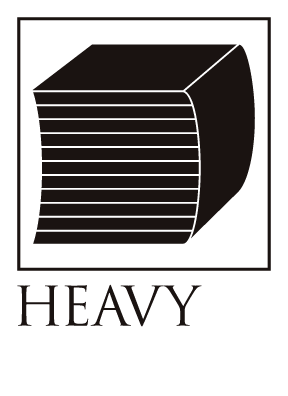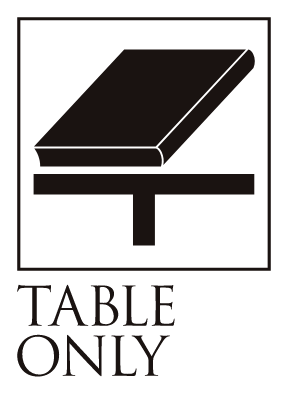Rug
Bibliographic Details
- Title
- Rug(Book Para-Site 19)
- Artist
- Yasutomo Ota / 太田泰友
- Year
- 2020
- Size
- h600 × w400 × d50 mm
- Weight
- 1800g
- Materials
- ラグ、紙、ボール紙、アクリル絵具、箔押し
- Edition
- unique
- Condition
- new
A rug that resembles a book.
«Rug»
2020
The rug is so soft you'll want to rub your cheek against it, and what is carefully wrapped up inside it? Is it a book?
The author, who never compromises on attention to detail, is surprisingly fond of "Rug." What is the appeal of this soft book, which has neither stacked layers of paper nor delicate thread binding?
What is wrapped so carefully is roughly speaking a flat paper board. A long shaggy rug is softly draped over it, creating a magnificent "chili" that is the key to hardbound books. This "chili" transforms the rug into a softly bound book cover, and the board into a book. On the edge is stamped in black, "the state of being physically relaxed and free from pain." It looks just like the title stamped on the spine. The black stamp on the matte gold background and the generous chili each create a sense of weightiness.
The slight roll-up on the edge of the book is a unique feature of this Rug. "Chiri" (written in kanji as "chiri") refers to the inside of the cover that protrudes slightly from the top, bottom and edge of the book when the book is wrapped and finished. In addition to being a bookbinding term, it has also long existed as an architectural term, and the two terms refer to almost the same phenomenon. The architectural term "chiri" refers to the small steps that occur when parts are joined,A part where two surfaces are slightly misalignedIt is a part that is slightly misaligned. By making this misalignment shallower or deeper, it is possible to express spatial depth or lightness. From this, you can see that it is an expressive technique unique to the artist who has been comparatively studying architecture and books. Books are in the details.
If we were to sum up what is interesting about «Rug» in one word, its most distinctive feature would be that it has succeeded in creating a book with a minimum of steps. The ready-made rug is simply folded in half and wrapped, and the body is made of cardboard without any layers of paper, and is not creasing or stitched. By utilizing the materials as they are, the two materials have created a situation in which they each bring out the qualities of a book. This «Rug» can be said to be a great accidental discovery, and is a unique piece in the Book Para-Site series.
The origins of the Book Para-Site series come from a passage written by William Morris, who had the greatest influence on the author during his university days: "If I were asked what is the most important and most desirable product of 'art,' I would answer 'beautiful houses.' If I were asked what is the next most important and most desirable product, I would answer 'beautiful books.'" (From "The Ideal Book," Chikuma Gakugei Bunko)
A message from the author about the concept of the Book Para-Site series:
Books and architecture are similar. Books also have things called "doors" and "pillars," and they are also similar in that they are designed with the flow of traffic in mind. A book is smaller than a human being and can be held in the hand, while architecture is larger than a human being and can be entered with the body. Although the size is different, both are the universe.
"If asked what the most important art is, I would answer 'beautiful houses,' and next most importantly 'beautiful books.'" The words of William Morris, who had a great influence on me when I started making book art, also reveal the relationship between books and architecture. "Books" that exist as if they are parasitic on the shape of a building create a new "relationship between books and architecture."
Since 2019, some of the book art I create has become too big to hold in my hands.
The work "Book Para-Site," which was exhibited at the Tokyo Tatemono Yaesu Building in Yaesu, Tokyo from November 2019 as a selected work for the Brillia ART AWARD 2019, was the first time I, having always been conscious of Morris's words, attempted to look at the boundary between "book" and "architecture" on a large scale.
In the exhibition "Brillia Culture Spice" held at the Ueno Royal Museum Gallery in January 2020, I exhibited "Book Para-Site 2 - betwixt boards" as a work following "Book Para-Site" in Yaesu. In the process of creating a work of this size, I made new discoveries that I had never imagined.
The feeling of constructing the "Book Para-Site," which is obviously larger than a human being, is what many people would imagine, and what I also imagined: the feeling of "building." (※ Although the feeling was as I imagined, it was more difficult than I had imagined.)
That is what I felt when I was making "Book Para-Site 2 - betwixt boards" and attaching the leather cover. I felt like I was putting a jacket on someone. I spread both my arms as far as I could, grabbed a piece of leather in each hand, and wrapped my arms around the book.
This feeling was fresh to me, and the division between "books" and "architecture," which I had been exploring as I changed the sense of scale, felt like a more detailed division would bring in "people" in between. This led to the new Book Para-Site series, which I presented at the "POLA Museum Annex Exhibition 2020."
I would also like to take this opportunity to add that in 2016, I drew in my sketchbook the concept for a piece called "Book Parasite," in which books are parasitized on furniture. "Book Parasite" started out as a piece of furniture on a scale, but three years later it was turned into architecture, four years later into an exhibition stand, and finally it was realized as furniture again for this exhibition. I find it fascinating, even though it is about me.
Source: March 12, 2020 In honour of the "POLA Museum Annex Exhibition 2020" -- Yasutomo Ota's Book Arts Journey (2)From [OTABOOKARTS BLOG]
Text by Ema Otobe
